
Yeah. my first post here and it's aimed at a specific goal. Exciting, huh. Anyway, the purpose of this thread will be to outline and record the full restoration of a heavily degraded 1979 Kenner Alien action figure from its base neglected state to something truly remarkable. I know there's some interest on these forums for this wonderful 36 year old item and I'm hoping my efforts will be of interest to you.
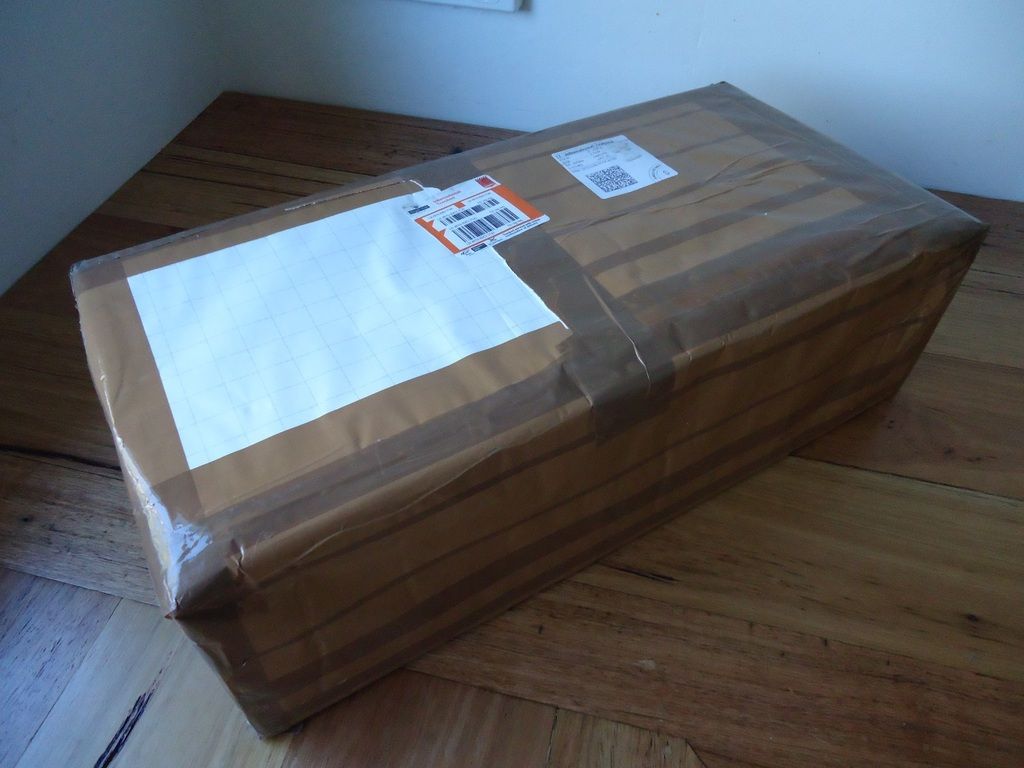
This package arrived in the mail the other day! Let's take a look and see what's inside.
This is going to take some time and will span multiple posts so please be patient but the end result will be completely worth it! I've performed these repair and maintenance techniques on 2 dozen of these vintage action figures now so I know they work. Now it's time to start sharing that knowledge with other interested enthusiasts. I don't mind if anyone intervenes with comment or question. As a matter of course, it's welcome. Please do so.
Nonetheless, this process will take some time to complete and will involve many posts of varying length on my part. I intend to document all the processes with text and photos but if something is unclear, then please ask. I should be able to respond to any question about the figure's restoration process; and hopefully, I'll even provide you with a meaningful answer! lol.
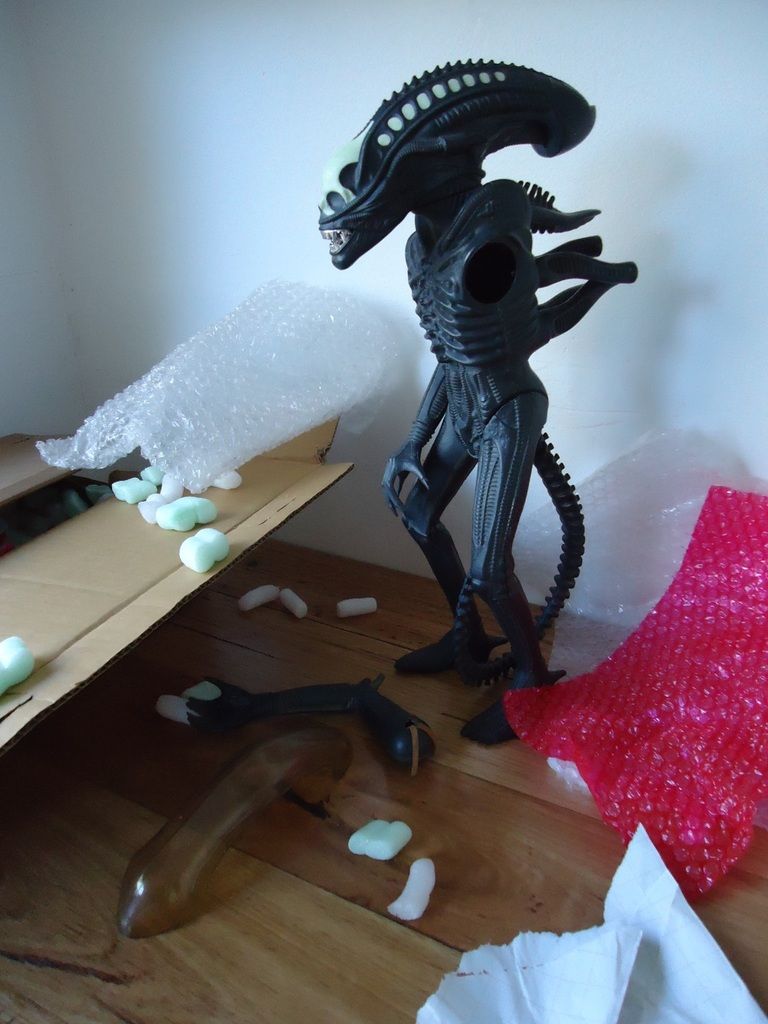
Yep. You guessed it... it's a 1979 Kenner Alien! This is the figure I'll be working on and this is the condition it arrived in, straight out of the package. It's pretty grody, actually.
The particular run down sample I will be focusing on for this exercise is an ideal candidate for a full restoration* and the documentation of the various processes performed on it will be made below. The ultimate goal with this exercise is to take this particular specimen in its less than spectacular state and completely refurbish it. By the time we are finished rehabilitating this candidate, it will no longer be a forlorn dust coated arthritis ridden crippled amputee. Instead, it will become a glorious testament of how a little attention to detail, some good techniques and some very basic materials can transform this degraded action figure to become a worthy display piece for even the most finnicky collector to be pleased to own.
Evaluating the figure and identifying all of its issues will be my first goal. Then we will move onto how these issues get addressed in future posts. To this end, I will first conduct an overall assessment of the 36 year old action figure and detail its positive and negative issues in my next post.
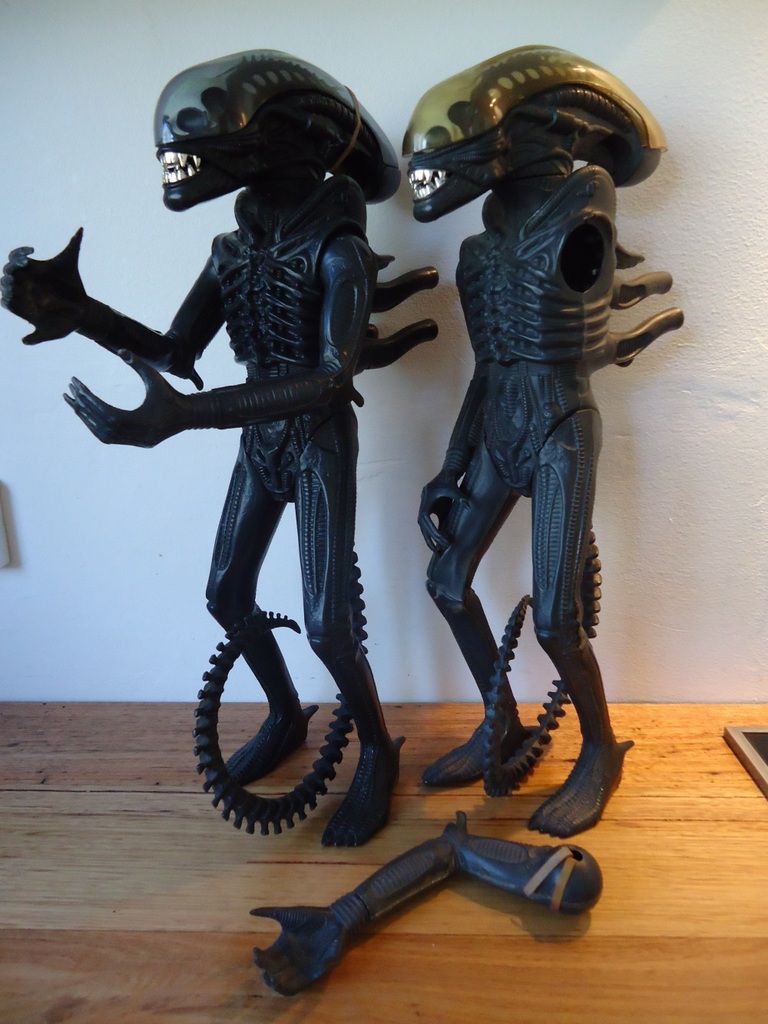
Ultimately, the dusty broken figure on the right will be comparable in quality to the Big Chap on the left. He'll be better, sexier and more complete, actually.

Let's start by taking a closer look at the candidate itself, shall we?
This is going to be fun!
-Windebieste
*Taking into account the nature of some of the damage and the fact that the figure itself is 36 years old along with a few other considerations, 'restoration' does not mean 'as good as new'. This figure will never be mint condition - but it can be significantly improved upon its current neglected state.




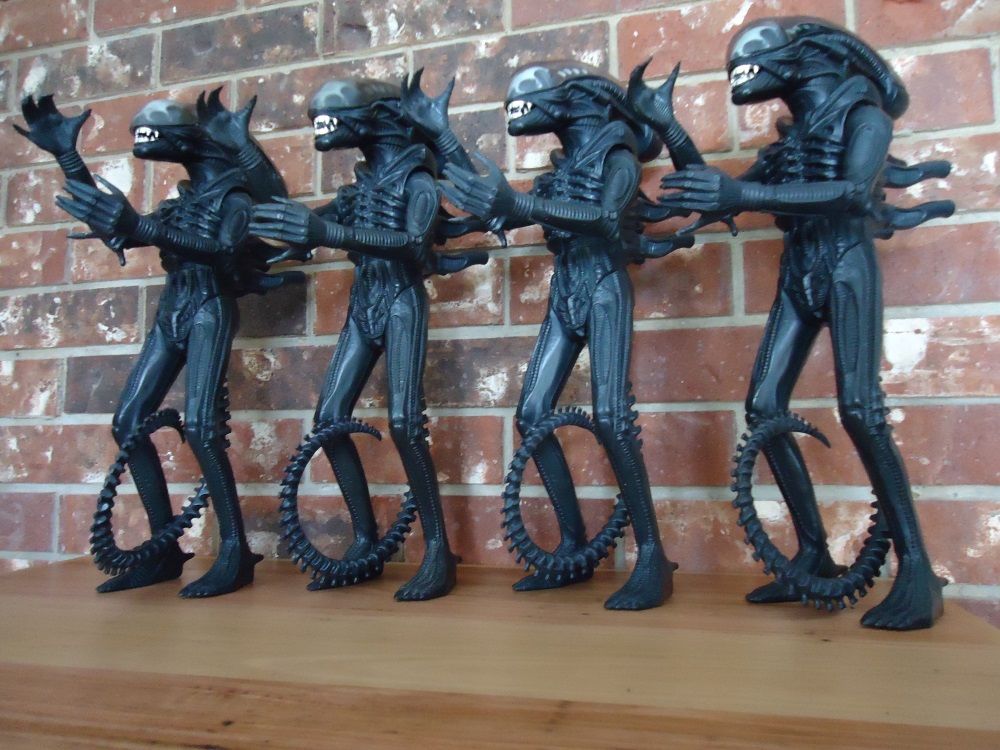
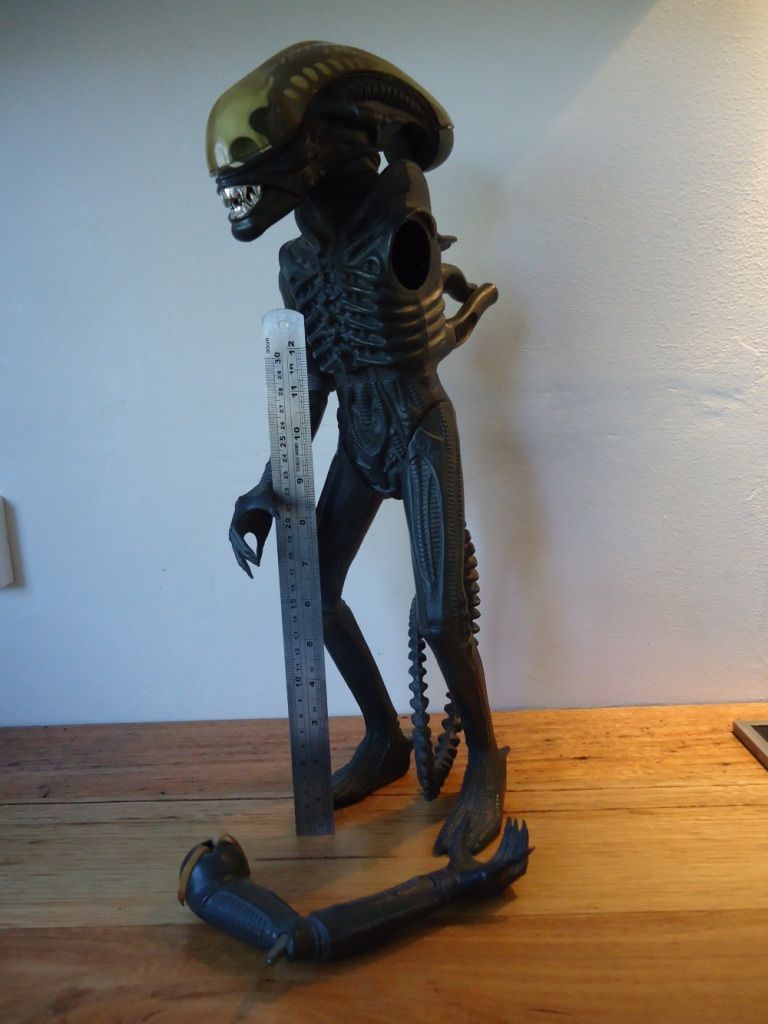
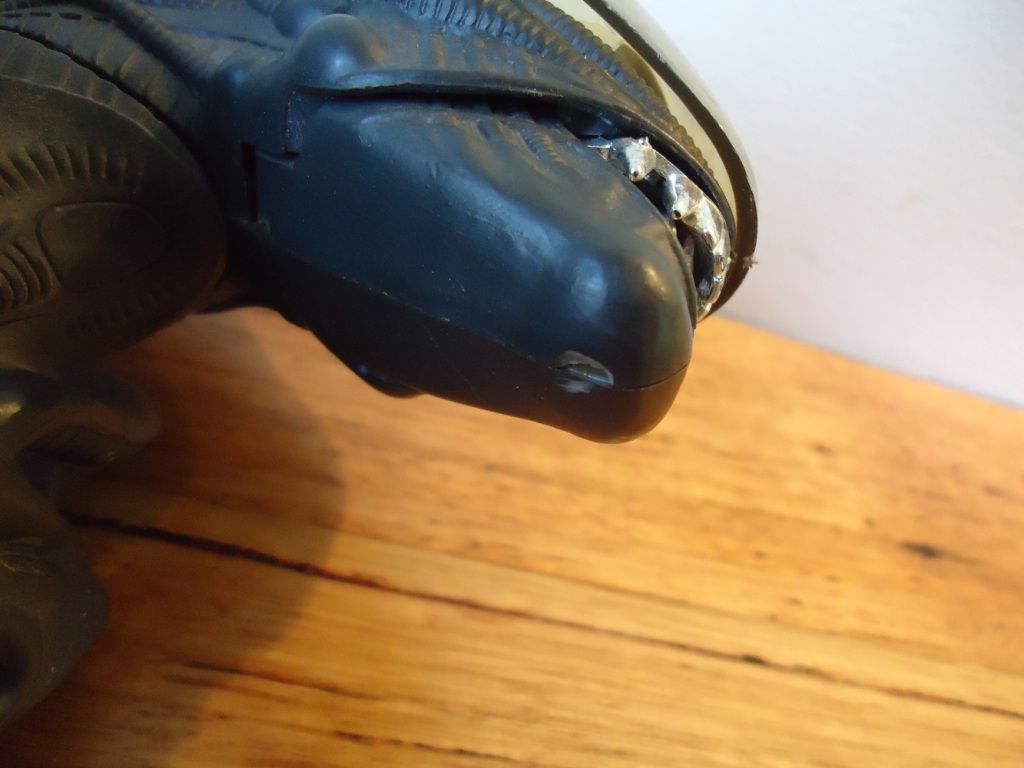
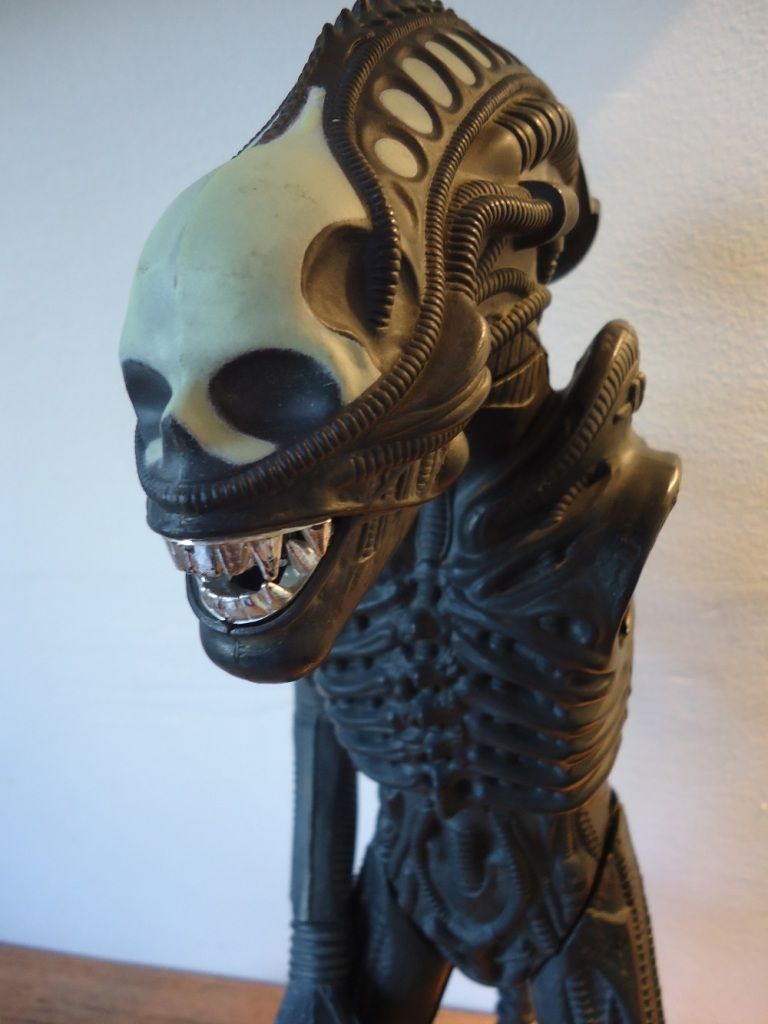
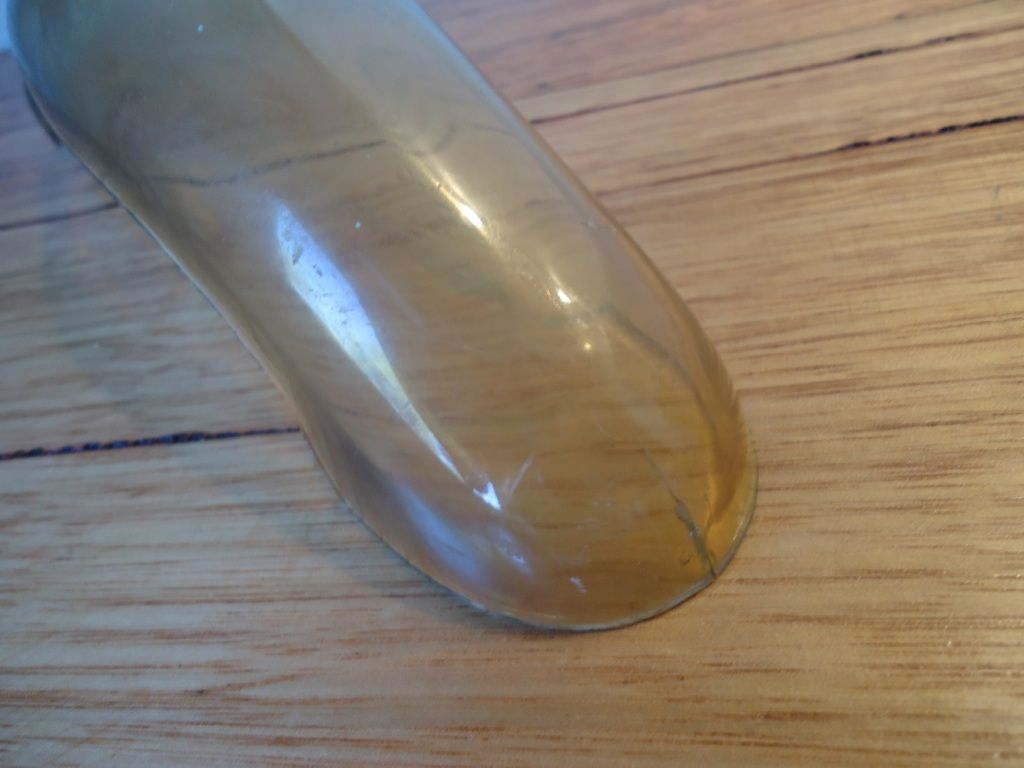
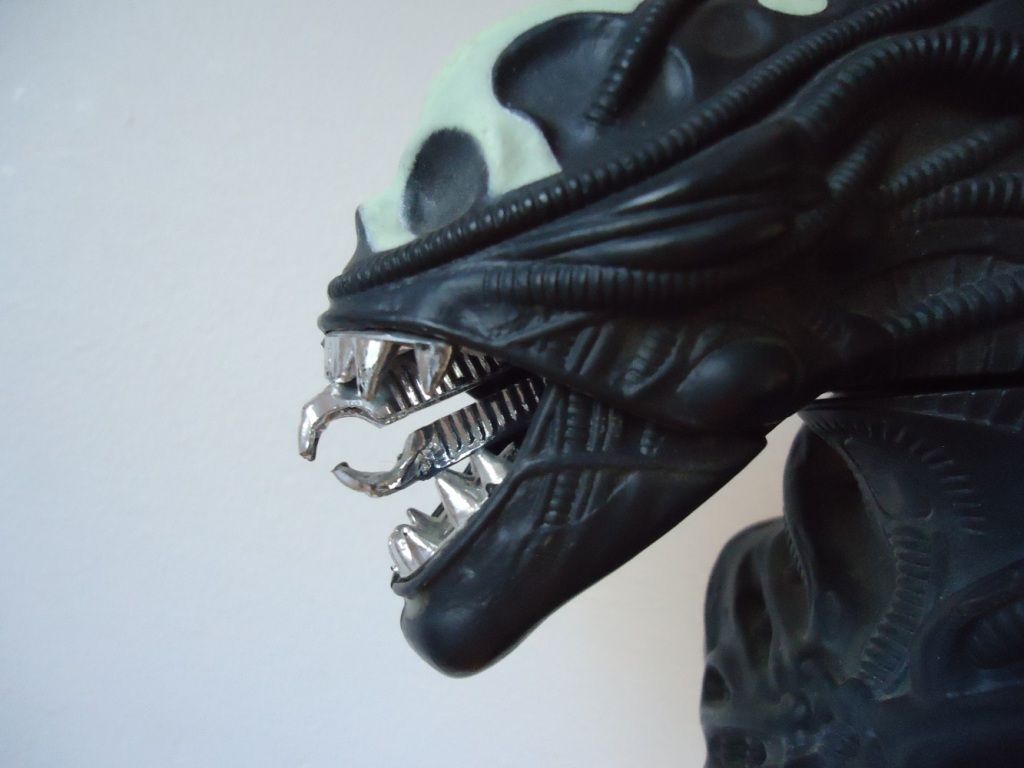
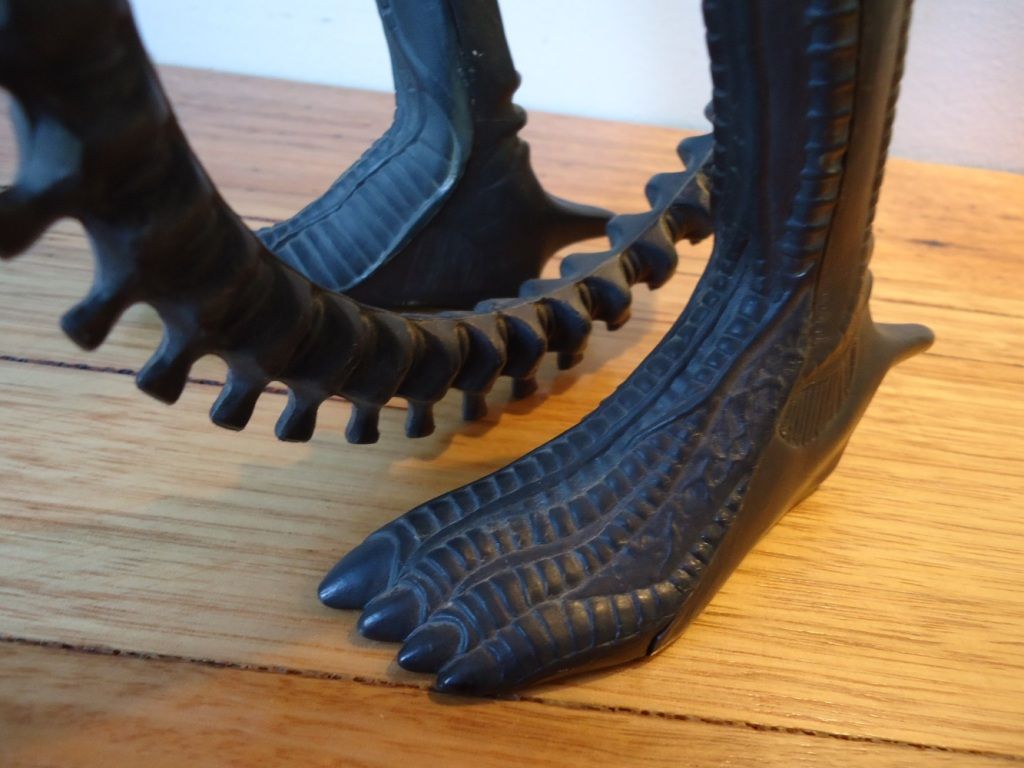
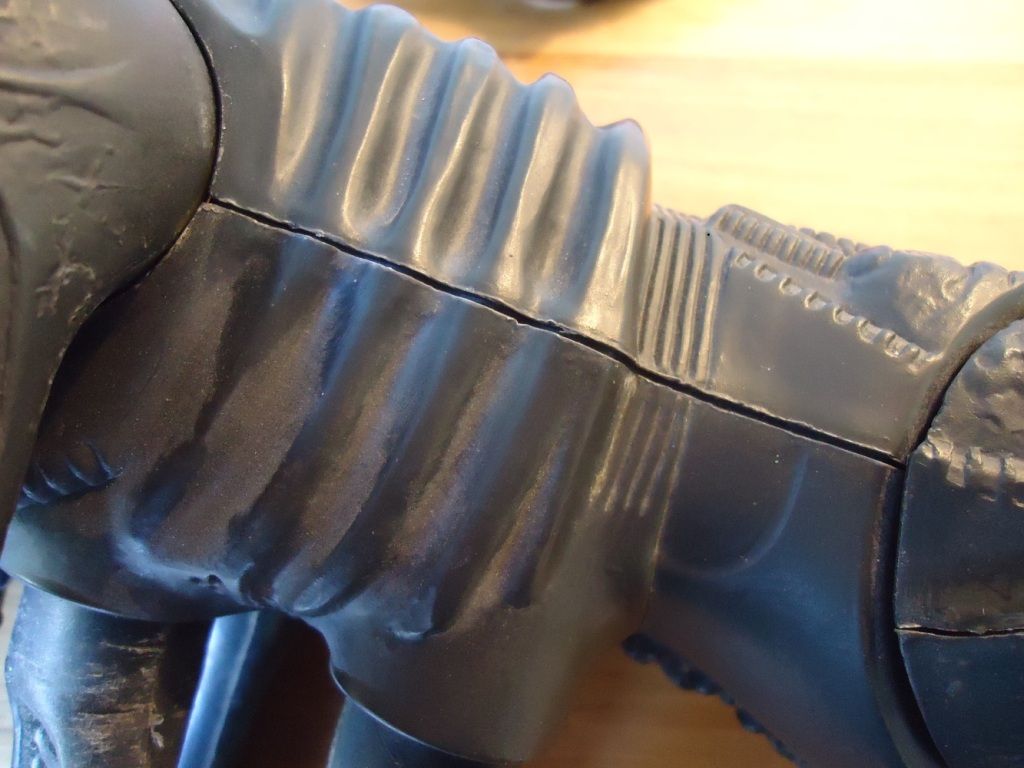
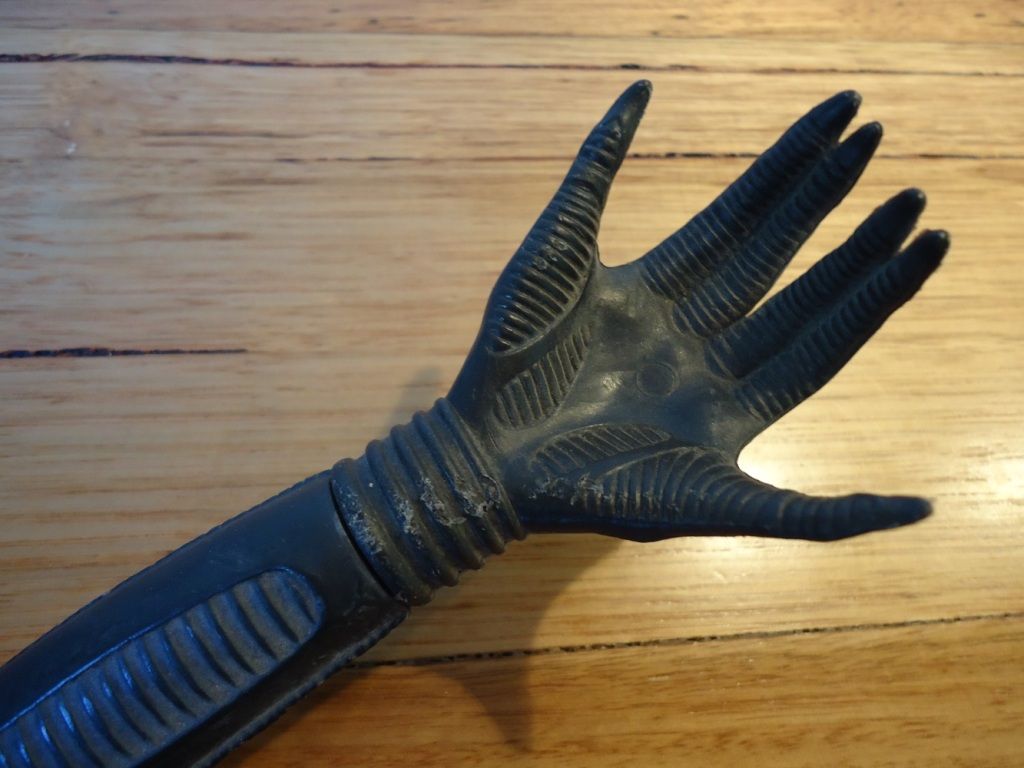
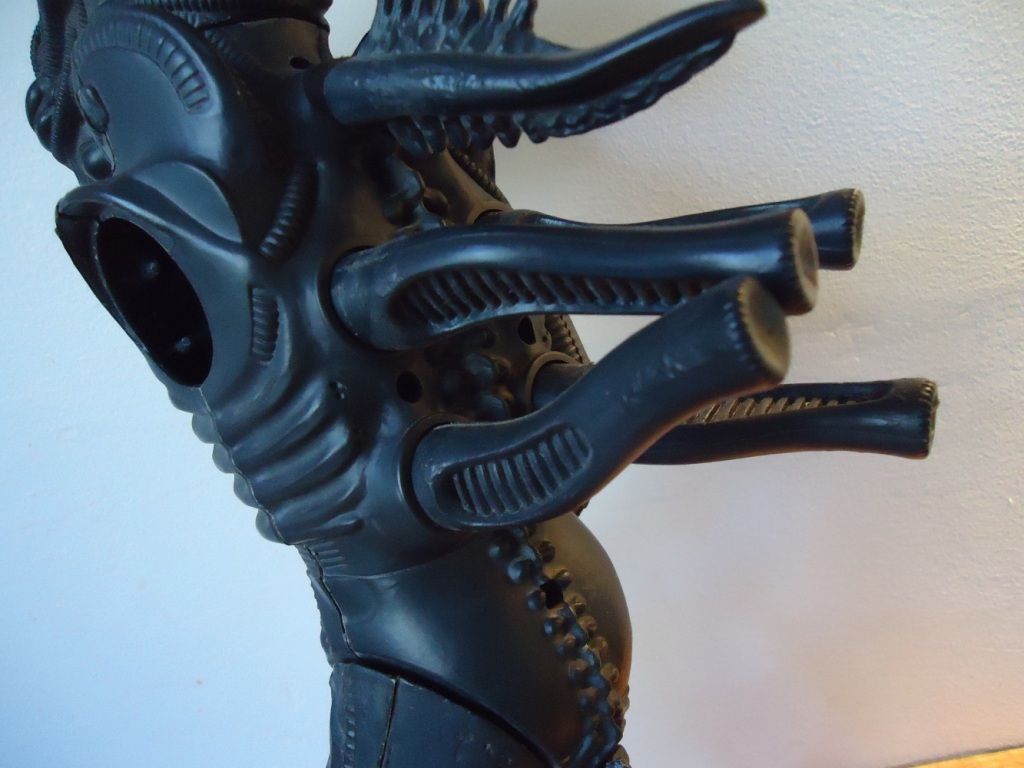
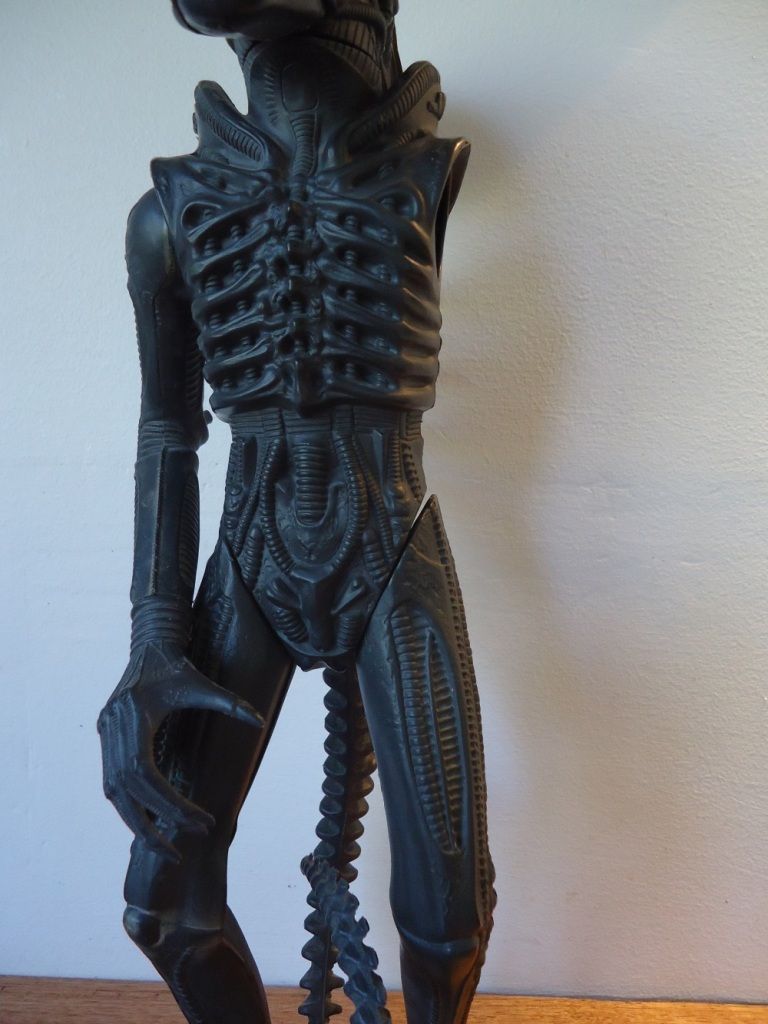

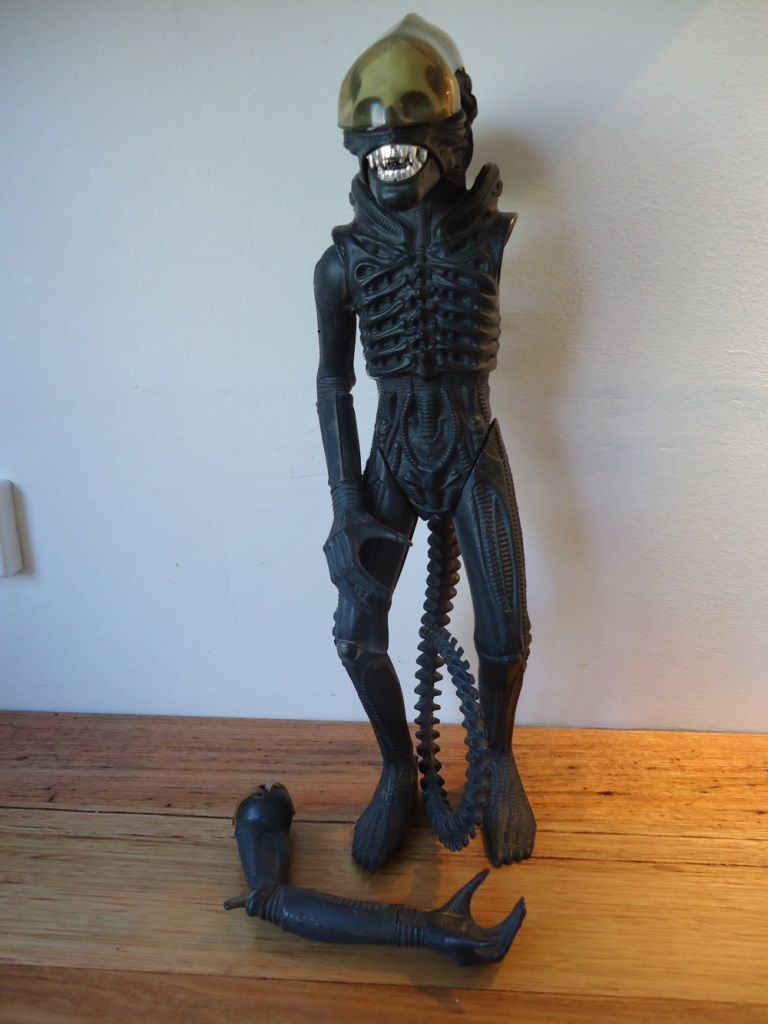
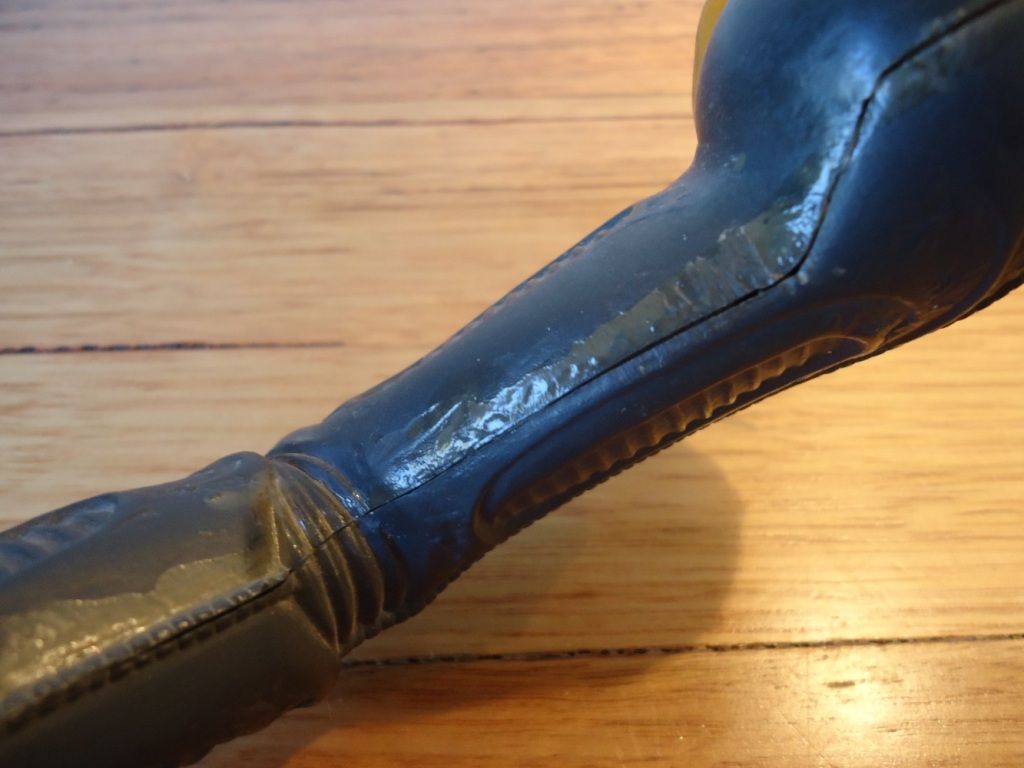
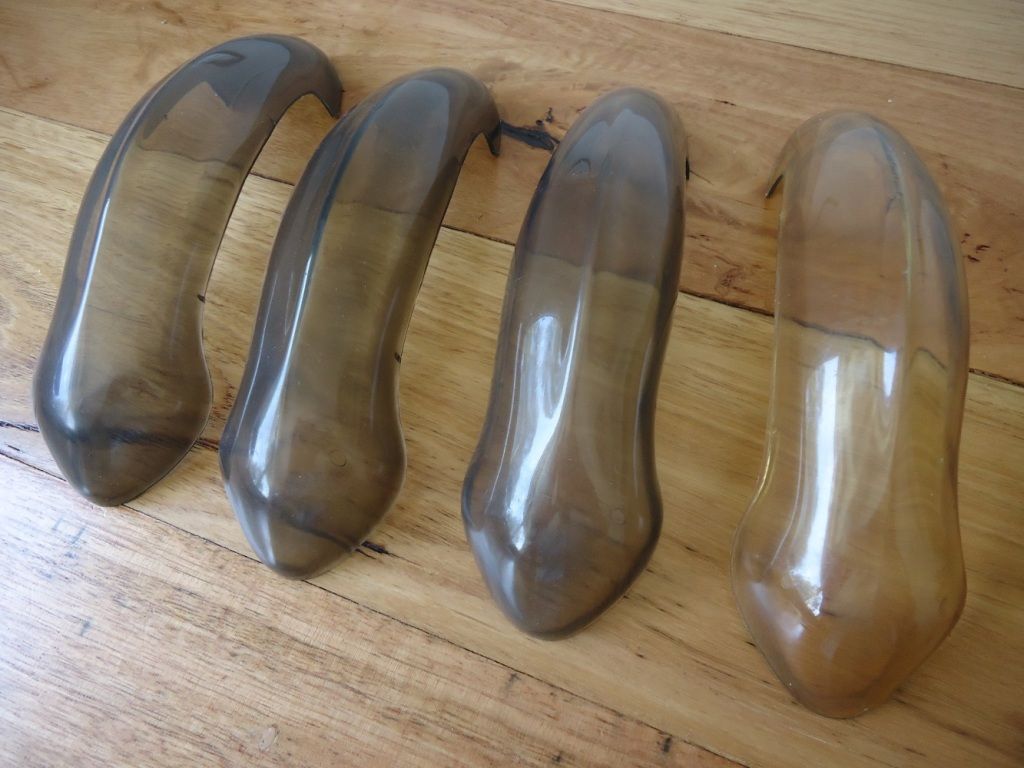
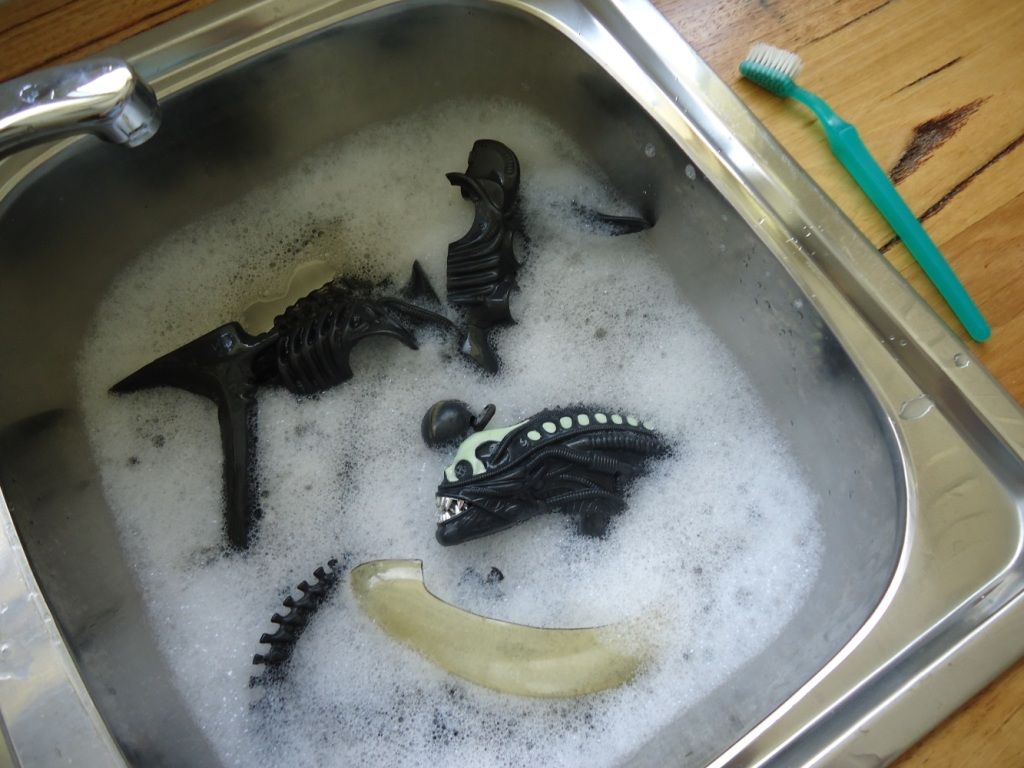
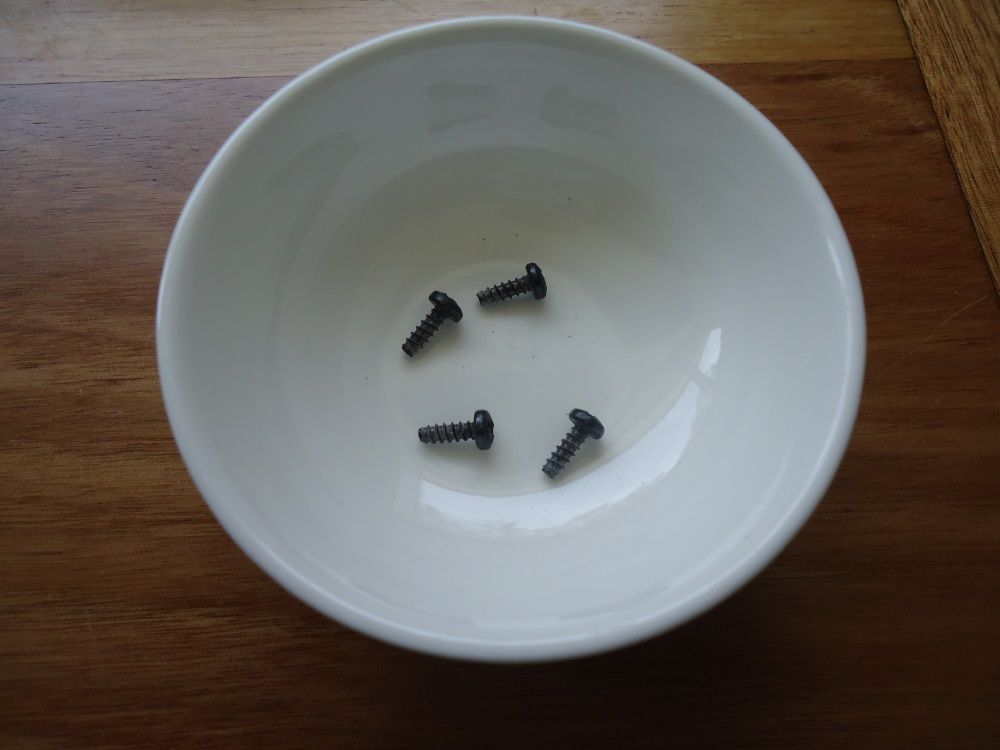
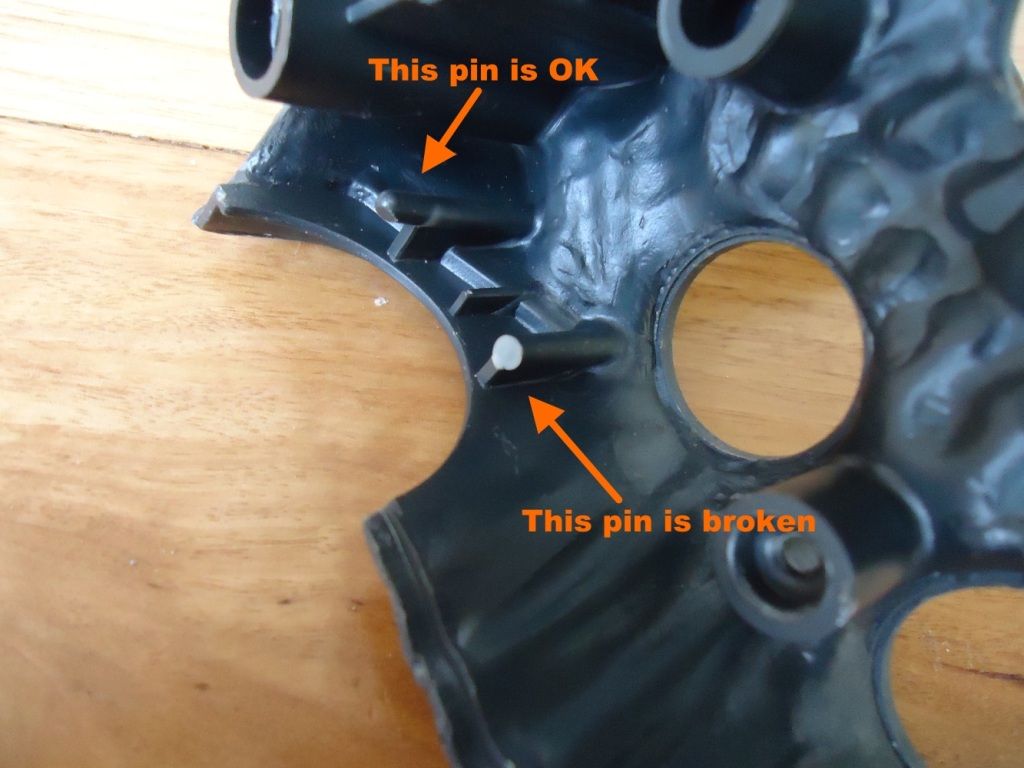

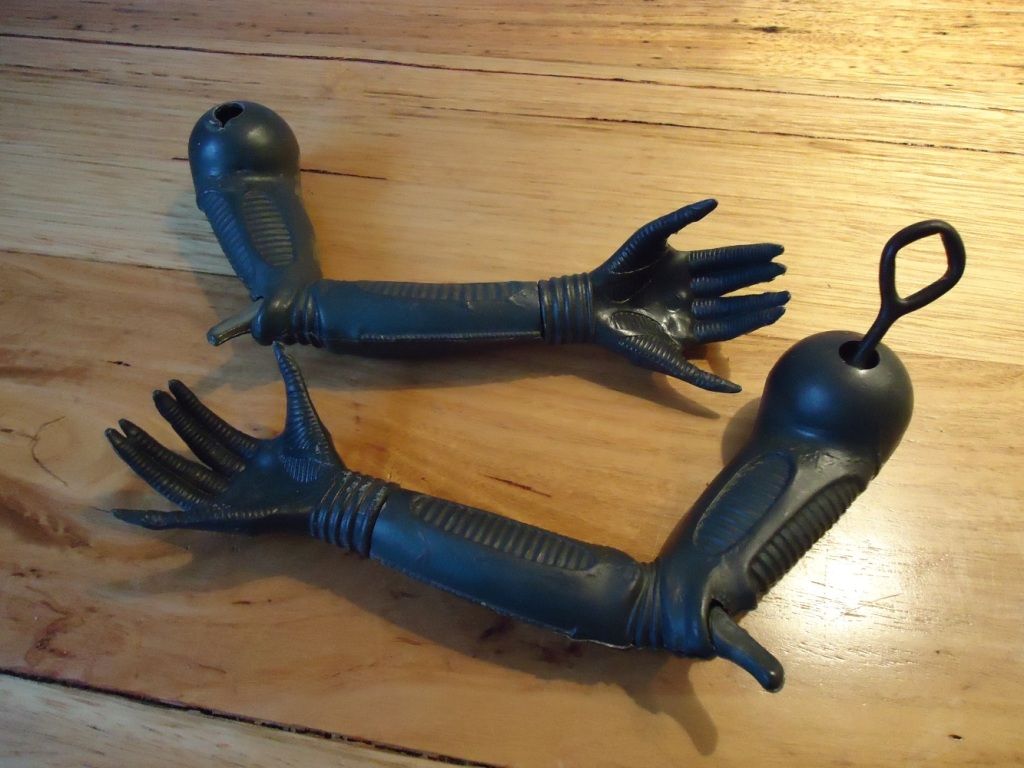
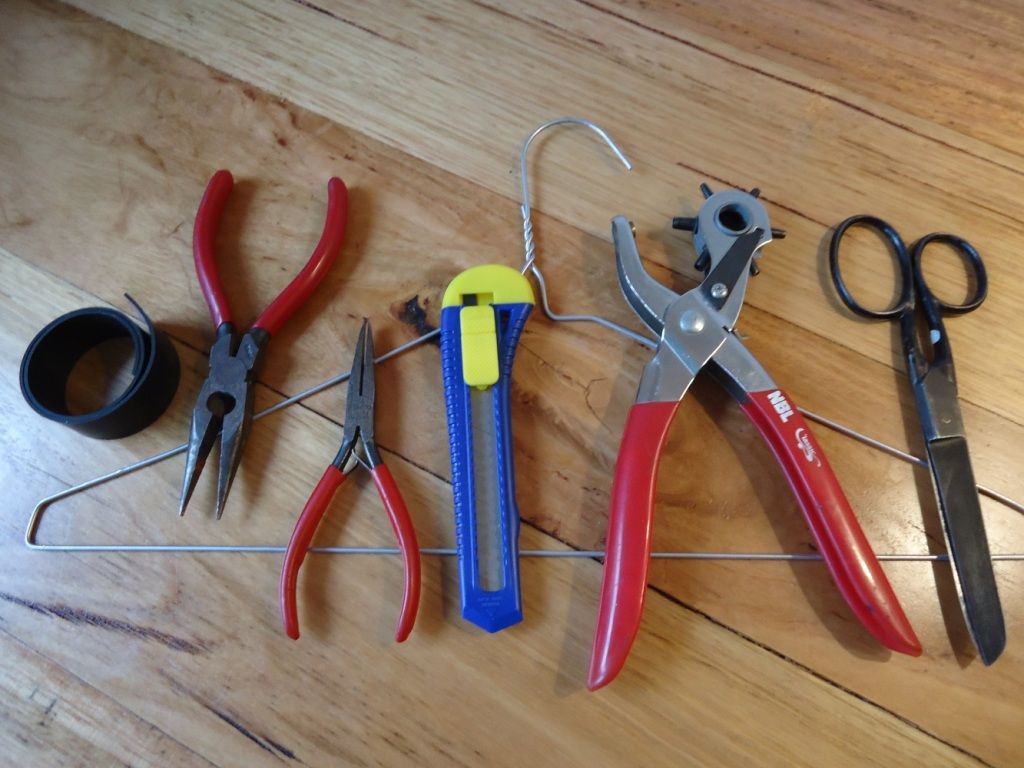
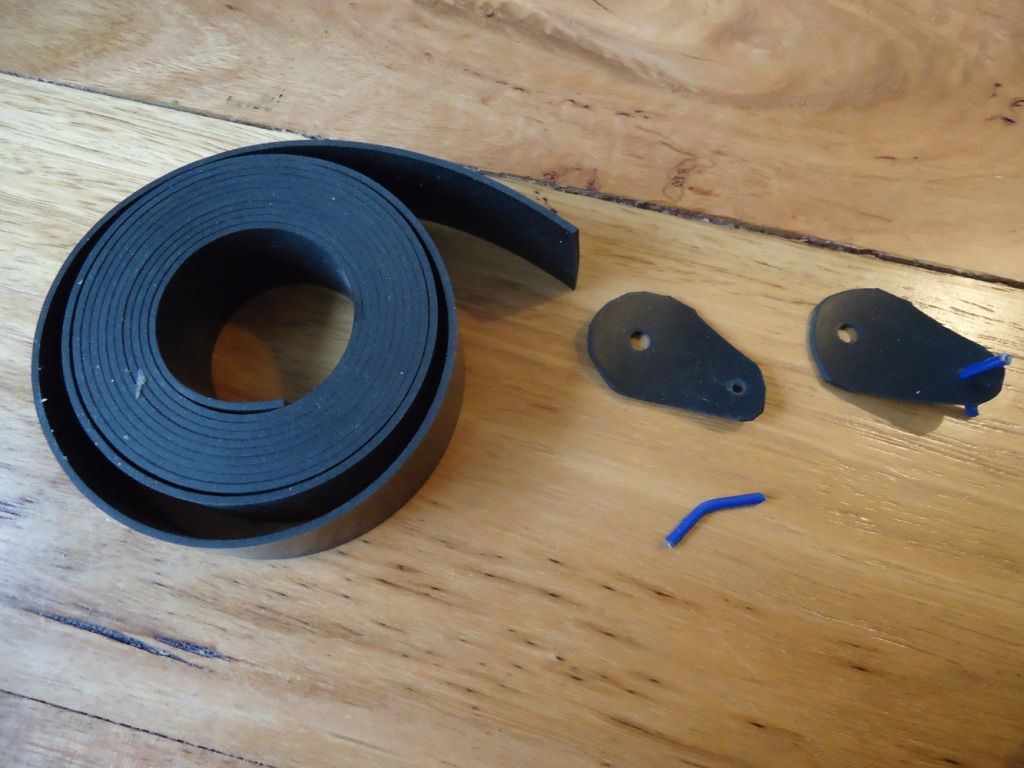
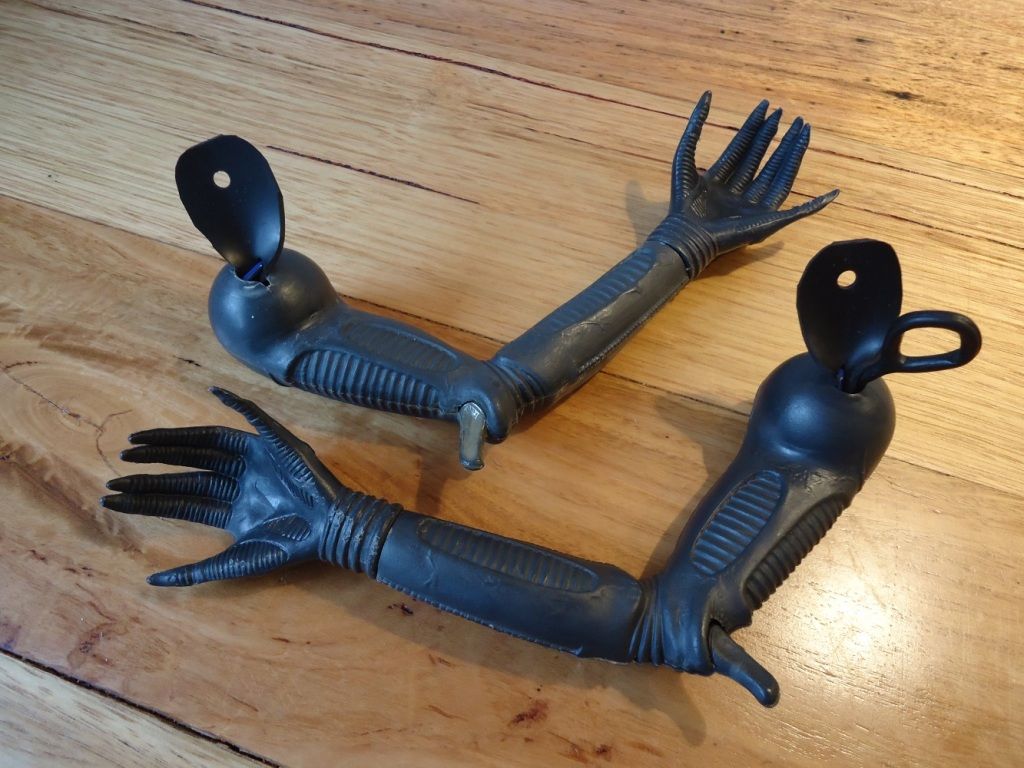
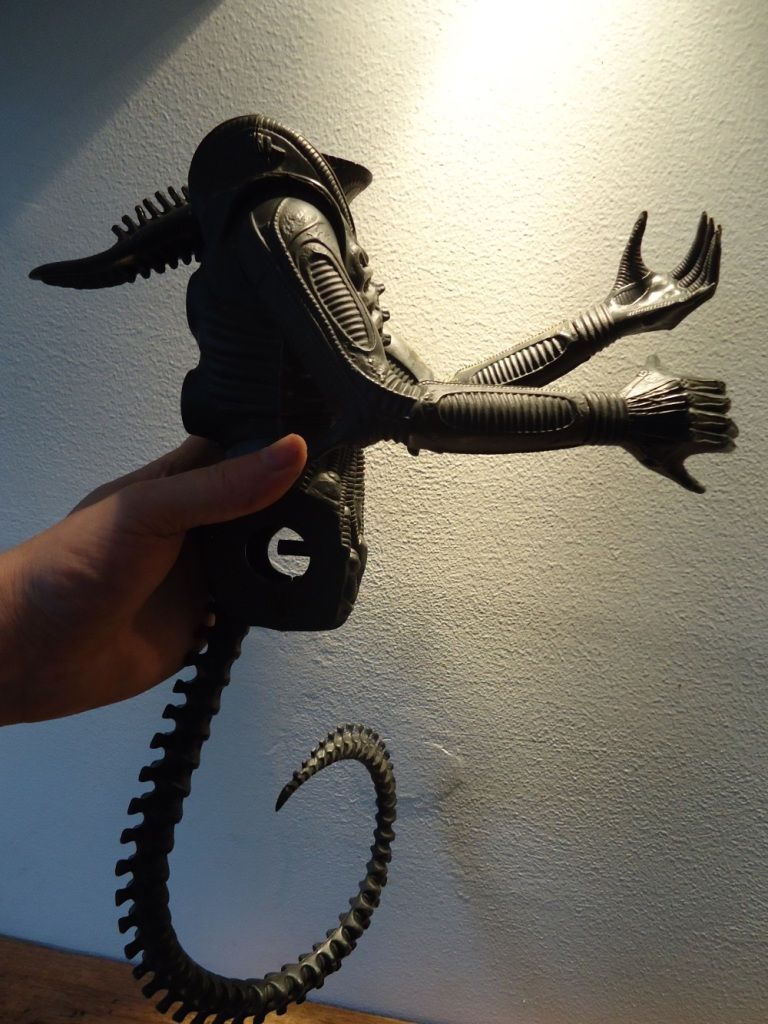
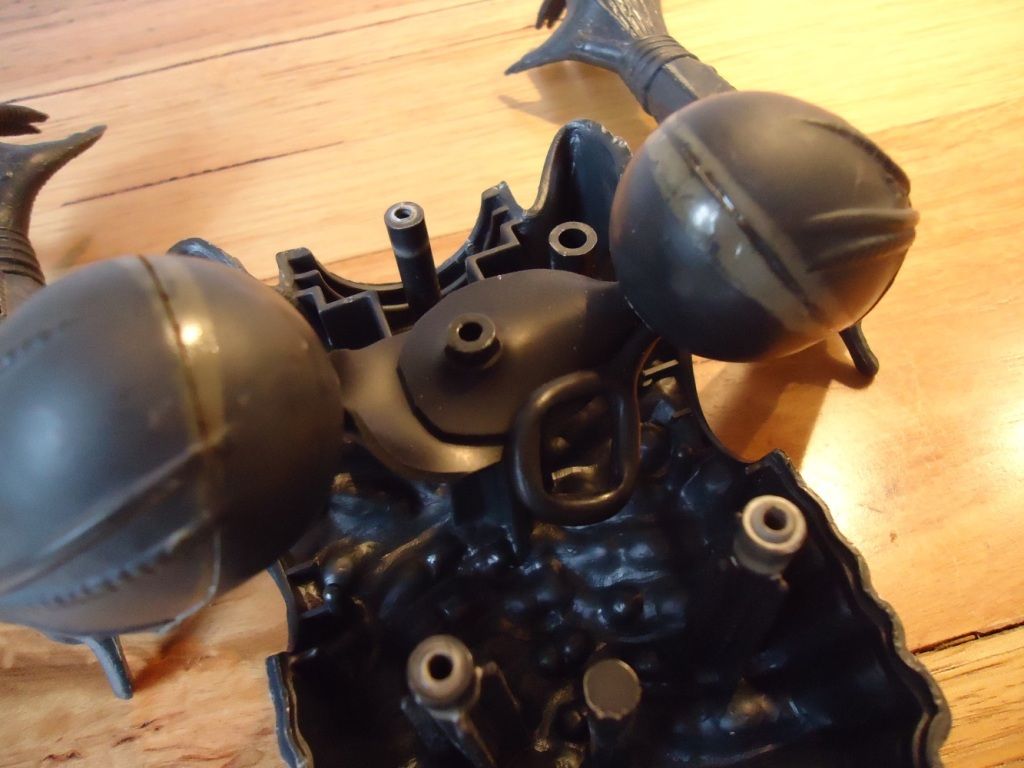
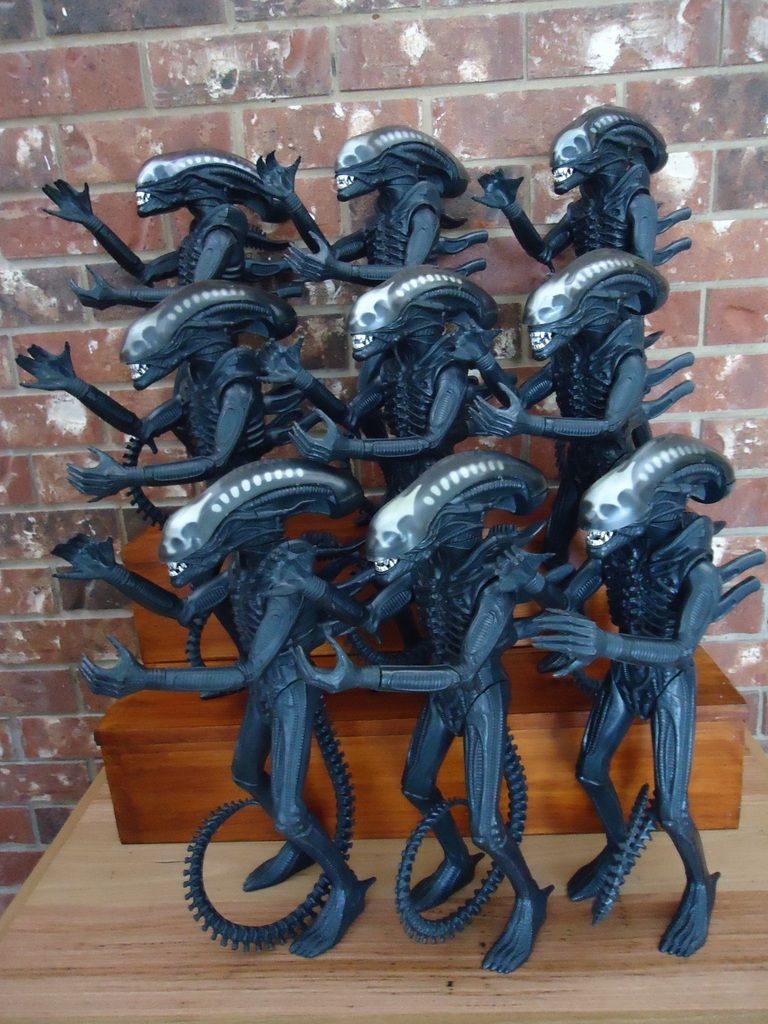
Comment